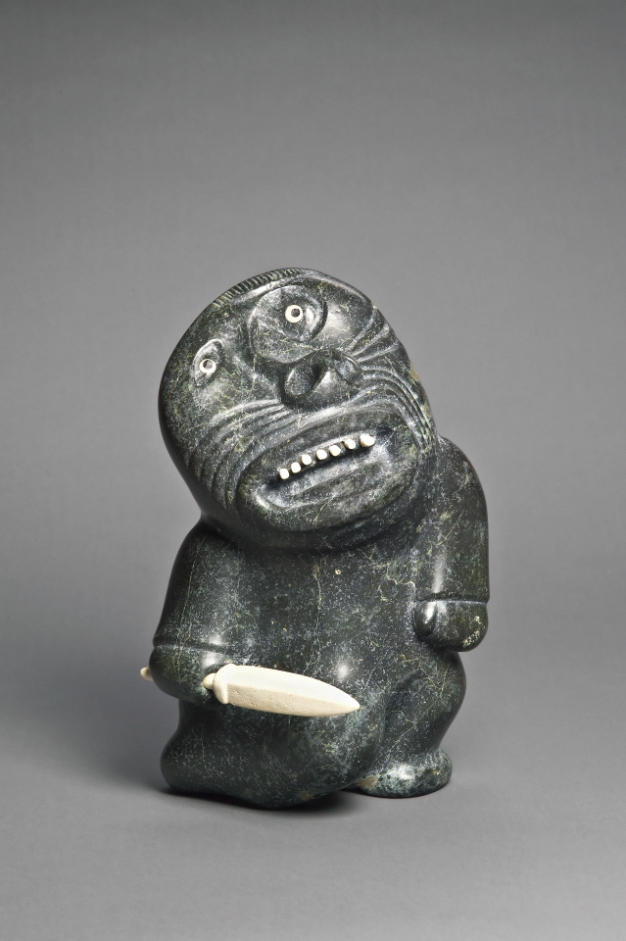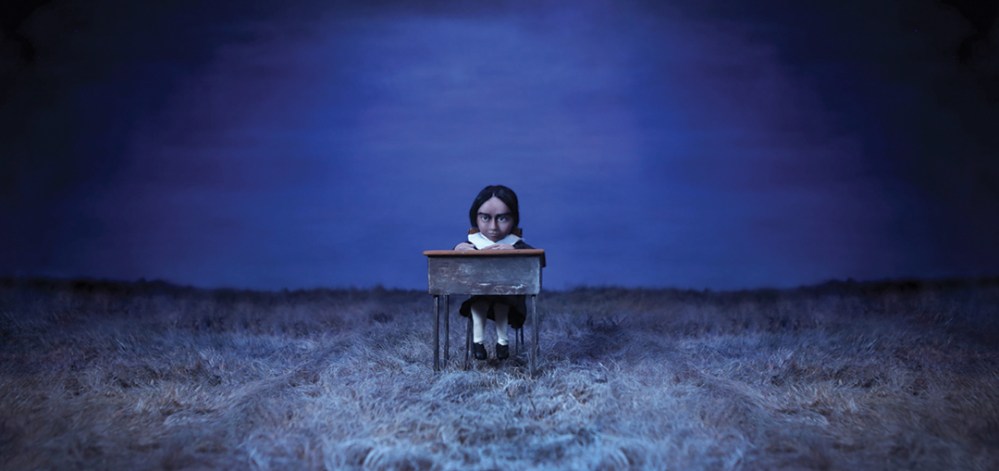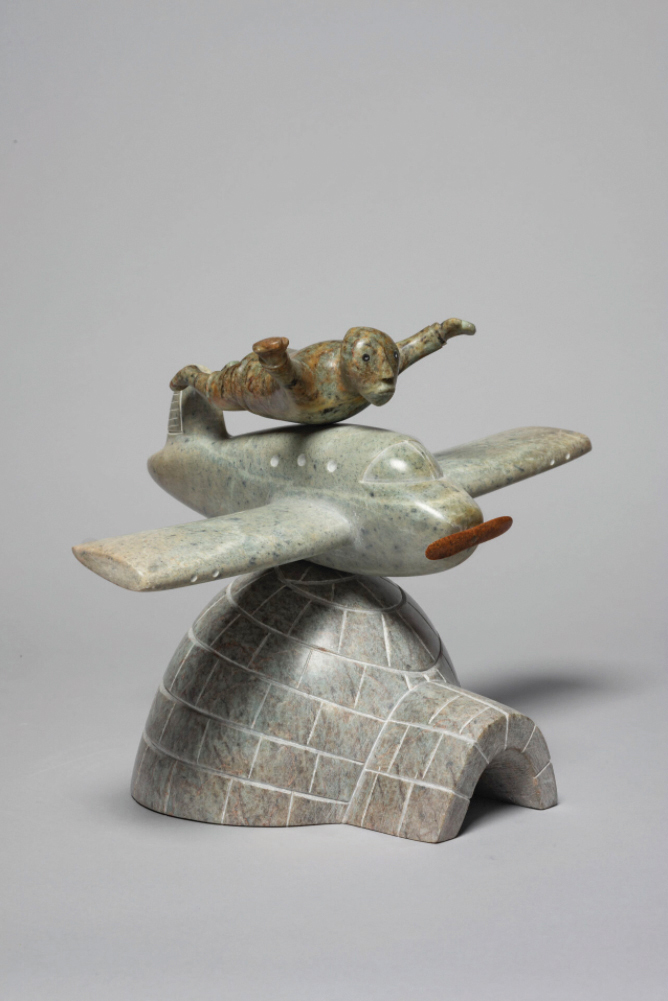The dawn of light is here
Advertisement
Read this article for free:
or
Already have an account? Log in here »
To continue reading, please subscribe:
Monthly Digital Subscription
$0 for the first 4 weeks*
- Enjoy unlimited reading on winnipegfreepress.com
- Read the E-Edition, our digital replica newspaper
- Access News Break, our award-winning app
- Play interactive puzzles
*No charge for 4 weeks then price increases to the regular rate of $19.00 plus GST every four weeks. Offer available to new and qualified returning subscribers only. Cancel any time.
Monthly Digital Subscription
$4.75/week*
- Enjoy unlimited reading on winnipegfreepress.com
- Read the E-Edition, our digital replica newspaper
- Access News Break, our award-winning app
- Play interactive puzzles
*Billed as $19 plus GST every four weeks. Cancel any time.
To continue reading, please subscribe:
Add Free Press access to your Brandon Sun subscription for only an additional
$1 for the first 4 weeks*
*Your next subscription payment will increase by $1.00 and you will be charged $16.99 plus GST for four weeks. After four weeks, your payment will increase to $23.99 plus GST every four weeks.
Read unlimited articles for free today:
or
Already have an account? Log in here »
Hey there, time traveller!
This article was published 22/06/2022 (1264 days ago), so information in it may no longer be current.

The Winnipeg Art Gallery-Qaumajuq illuminated the curved granite exterior of its new addition in 2021, ushering in a new era of appreciation for Indigenous art, artists and culture.
But the WAG’s history with Indigenous art began decades ago with the purchase of its first piece of Inuit art in 1956. In 1970, the gallery acquired 4,000 more pieces from a private collection and in 1972 hosted Canada’s first public display of contemporary First Nations art with the Treaty numbers 23, 287, 1171 exhibition.

Today, nearly half of the WAG’s permanent collection is comprised of work by Indigenous artists including carvings, drawings, prints, textiles and new media. It is also home to the world’s largest public collection of contemporary Inuit art, holding in trust nearly 14,000 pieces. Located on Treaty 1 territory, the gallery is focusing on growing the collection of work by artists with strong ties to Manitoba from Anishinaabe, Ininiwak, Anishininiwak, Dakota, Dene and Métis heritage.
Today, nearly half of the WAG’s permanent collection is comprised of work by Indigenous artists.
The journey of creating a dedicated space to recognize and honour Indigenous artists began in 2012, the year of the WAG’s centennial, when American architect Michael Maltzan won an international juried competition to design the WAG Inuit art centre. His design was inspired by a trip to Nunavut. The undulating white stone façade, which appears to float above the ground, recalls the scale and carved forms of the North as well as the artwork housed within.
To support authentic representation and to fully participate in conversations of reconciliation, in 2017, the gallery established an Indigenous Advisory Circle with representatives from the four regions of Inuit Nunangat, plus urban Inuit, circumpolar Inuit, First Nations and Métis communities. The Circle is at the heart of the WAG’s decolonization and indigenization efforts. The WAG recognizes that the history of their Indigenous collection is tied to the ongoing history of colonialism in North America and aspires to shed light on this history and provide a platform for Indigenous voices and storytelling.

“The Indigenous Advisory role is made up of different people from different cultures, and what they do is look at our work and tell us what we should be doing and reviewing, making suggestions, ensuring that we’re on a good path,” explains Hanna Waswa, WAG public relations officer. “The other major piece of their work has been naming spaces and making sure that each space has an Indigenous name. One of the most important things is from a culture is their language.”
The Winnipeg Art Gallery was given an Ojibway name Biindigin Biwaasaeyaah [pronounced BEEN-deh-gen Bi-WAH-say-yah], which means “Come on in, the dawn of light is here.”
In 2020, a group of Indigenous language keepers and elders gathered to name the Winnipeg Art Gallery and Inuit art centre buildings, as well as the spaces within. The Winnipeg Art Gallery was given an Ojibway name Biindigin Biwaasaeyaah [pronounced BEEN-deh-gen Bi-WAH-say-yah], which means “Come on in, the dawn of light is here,” recognizing the evolution of the gallery with the opening of the Inuit art centre Qaumajuq, [pronounced kow-ma-yourk, or how-ma-yourk] an Inuktitut word meaning “It is bright, it is lit.”

“We bring art together from different cultures, from different time periods, and there is so much that we can learn and grow to appreciate about each other because these things really connect in a way that’s more human. These are the expressions of a person’s being, a person’s spirit, and those things are massively important to reconciliation and decolonization,” says Waswa.
Recognizing that each artwork has a spirit that must be honoured and cared for and, as Treaty 1 territory is not the original homeland of many of its pieces, ceremony and prayer performed by Indigenous elders take place regularly in the vaults for all of the art. WAG-Qaumajuq acts as a steward, caring for the artworks, so that the stories and teachings can be shared and act as a bridge — across cultures, physical distance and generations.
“These are the expressions of a person’s being, a person’s spirit, and those things are massively important to reconciliation and decolonization.” – Hanna Waswa
On National Indigenous Peoples Day in 2021, WAG-Qaumajuq announced the Winnipeg Indigenous Triennial: its commitment to hosting a large-scale Indigenous exhibition every three years. Current exhibitions include Qaumajuq’s inaugural exhibition Inua, featuring the work of 90 Inuit artists, which runs until February 2023; Inuk Style, on display until June 19, 2022; and Kakiniit Hivonighijotaa: Inuit Embodied Practices and Meanings, on until July 30, 2022. Also on display is Kwaata-Nihtaawakihk: A Hard Birth, a reflection of Métis history and the birth of Manitoba, which runs until September. Coming in October is a solo exhibition from renowned Anishinaabe Salteaux colourist Robert Houle called Red is Beautiful.
For National Indigenous Peoples Day in 2022, WAG-Qaumajuq is hosting several musical performances by Indigenous artists from 7 to 10 p.m., including Leonard Sumner, Fawn Wood, IVA, Uyarakq and 2oolman from The Halluci Nation. In an effort to become a decolonial institution and in response to the TRC Calls to Action, admission to WAG-Qaumajuq is always free for Indigenous persons.

